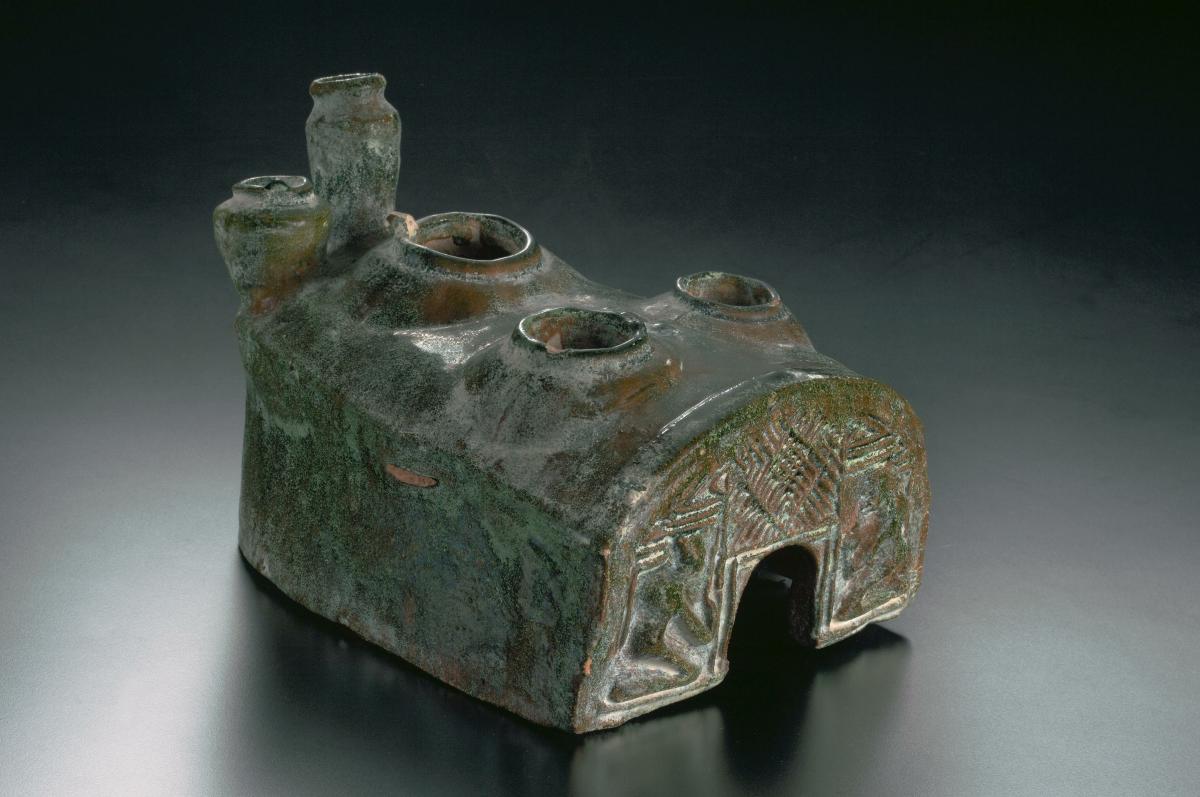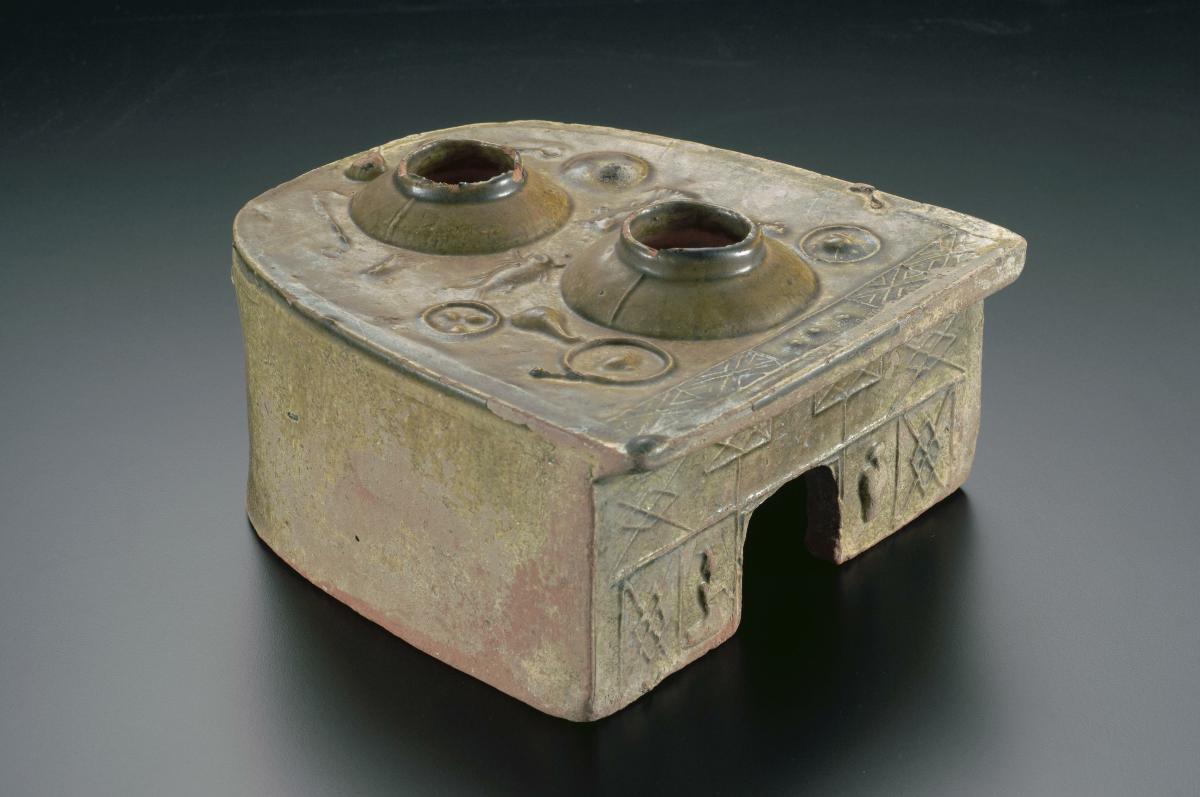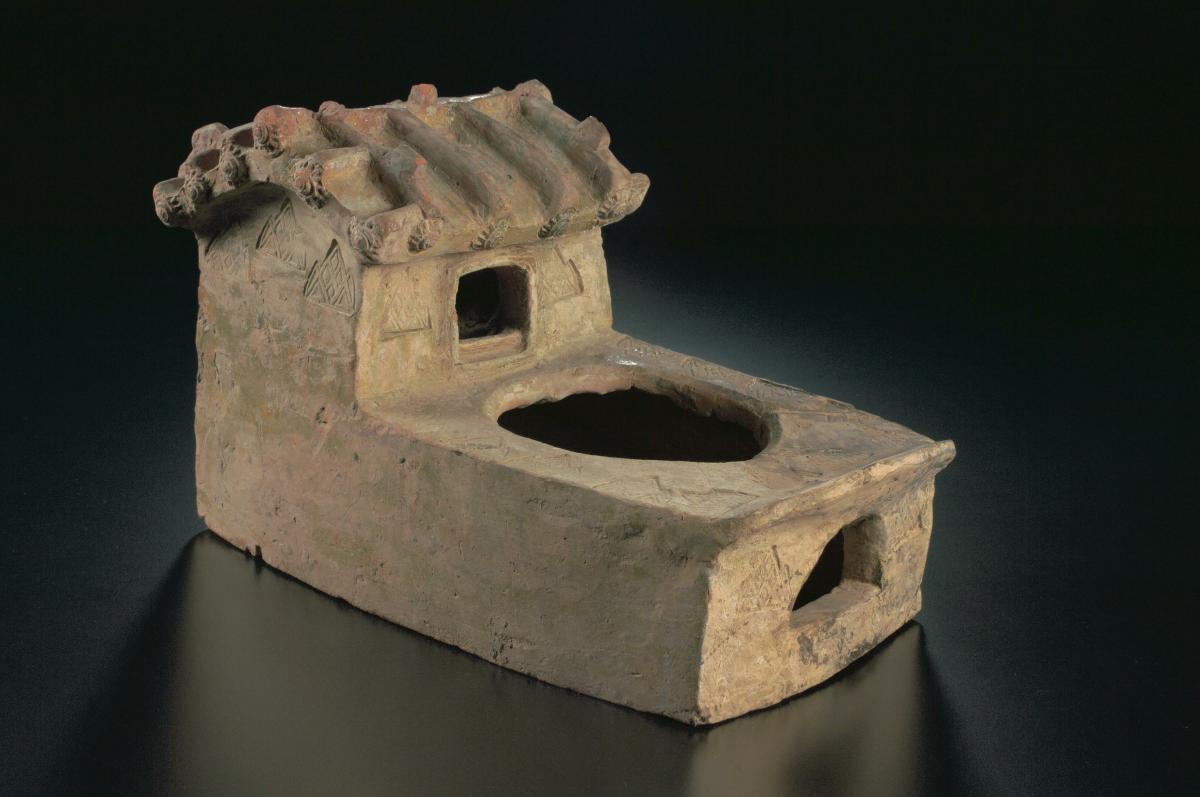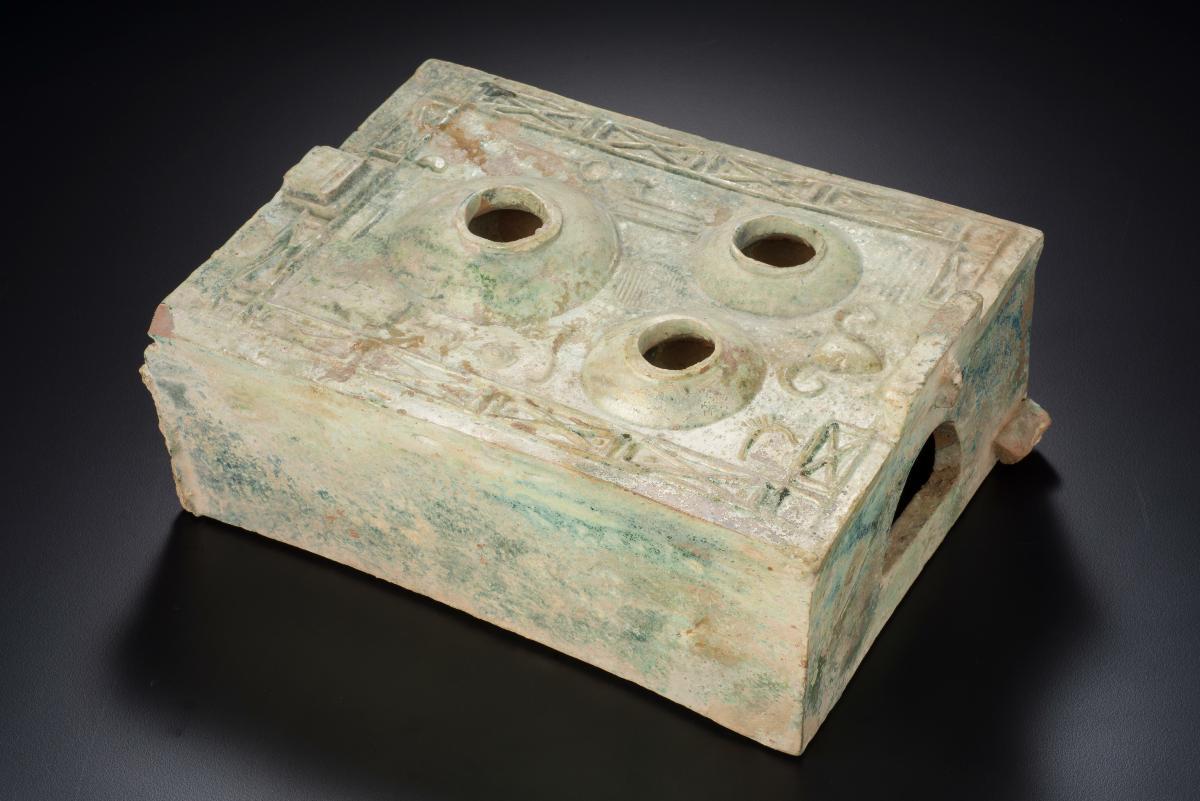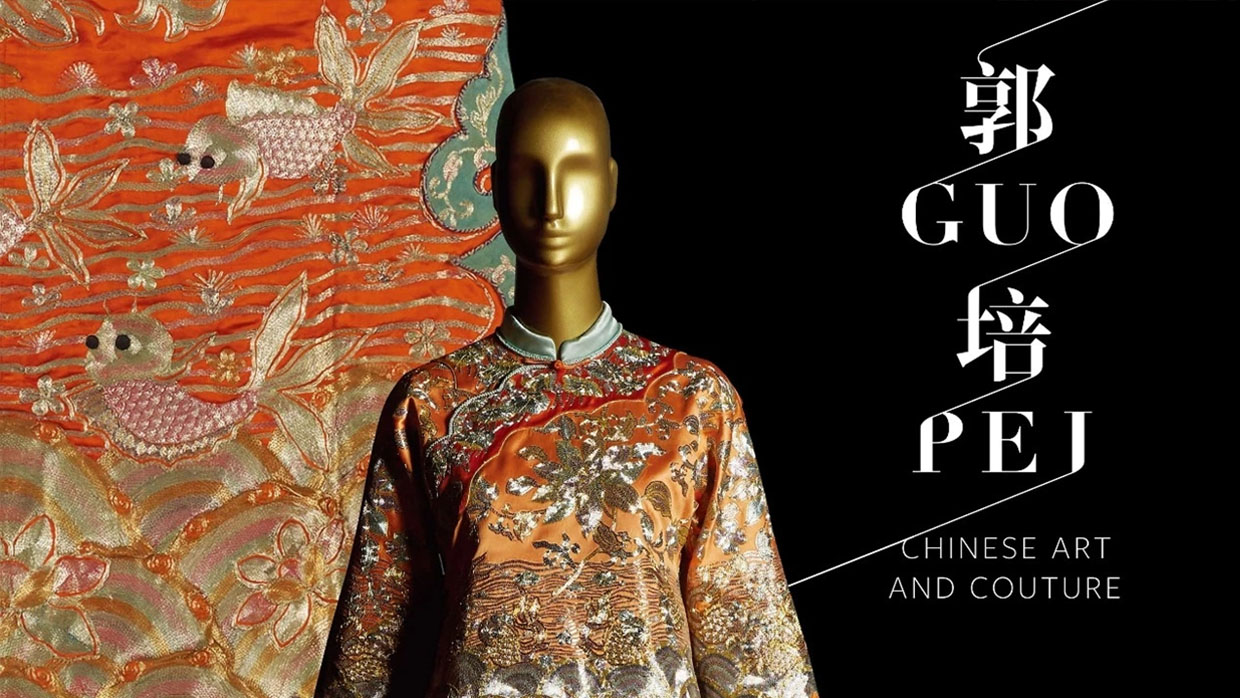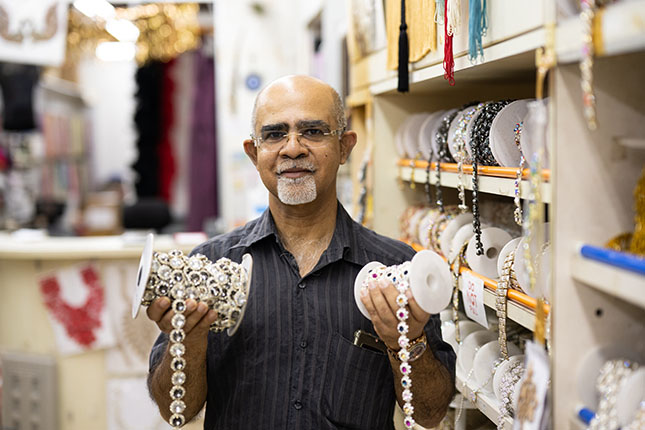This dark, green lead-glazed stove model served as a burial ware or ‘mingqi’. Three cooking pots are set onto the top of the U-shaped range. On one end is a pot-shaped hollow chimney and a storage jar. On the flat side of the stove is a rectangular opening for stoking purposes. The practice of using lead-glazed burial wares had already started during the Han dynasty (206 BCE-220 CE) and it continued into the Ming period (1368-1644). The custom of burying objects with the deceased stems from the belief in life after death. Burying the stove ensured the deceased could continue ‘life’ in the underworld and served as a proof of his or her identity to underworld officials.




